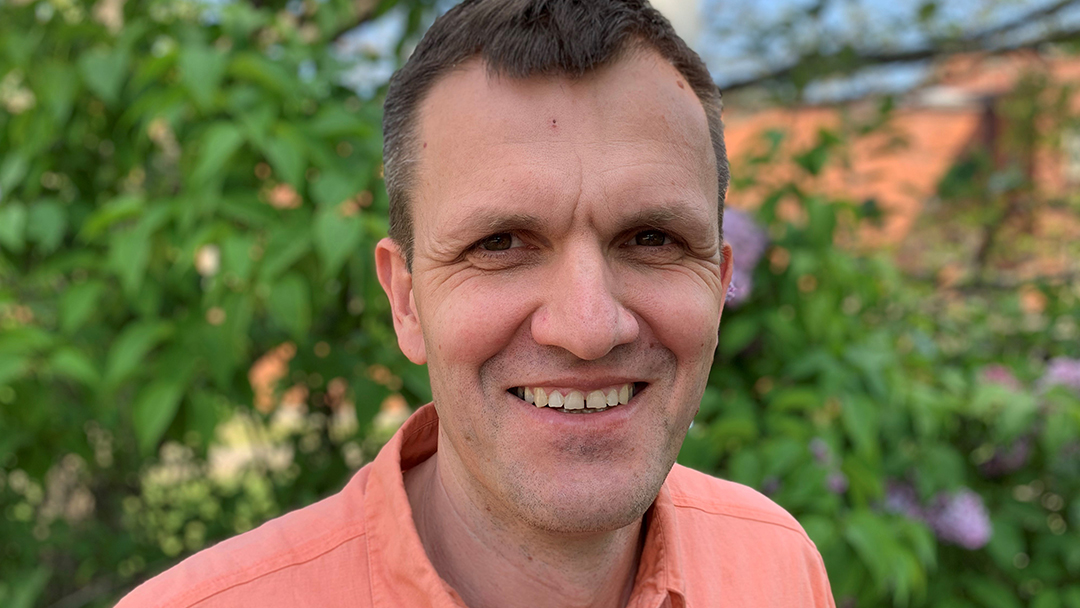Andris Vaivads joins Division of Space and Plasma Physics

We are happy to welcome Professor Andris Vaivads who recently joined the Division of Space and Plasma Physics! Vaivads primary research focus will be the mechanisms of plasma heating and high energy non-thermal particle generation.
Hi Andris Vaivads and welcome to EECS and KTH! Tell us a bit about your field of research and what you will do during your time here.
"Northern or polar lights is maybe one of the most spectacular phenomena visible to a naked eye that is caused by plasma physics processes in space. However, there are many important plasma physics processes that are visible to spacecraft but not visible to our eyes. One such process is the magnetic reconnection process, which is one of the key energy conversion processes in plasmas. There are several open questions related to the mechanisms of plasma heating and high energy non-thermal particle generation that I plan to study while at KTH. Currently I'm using data from a spacecraft in the near Earth space but the coming years I will also work with new data from spacecraft sampling other regions of the solar system."
What is your background?
"Before starting at the Division of Space and Plasma Physics I have been working as a researcher at Swedish Institute of Space Physics (IRF) in Uppsala. Both research groups share the passion for understanding fundamental space plasma processes and we are closely collaborating on space hardware and science projects. In addition to magnetic reconnection, I have been involved in research topics dealing with plasma turbulence, shocks in plasma, auroral physics and others."
What are you expectations on KTH? And what are you most looking forward to?
"I do expect that the energy-full research and education environment of KTH will allow me to learn a lot. I am looking forward to work in a unique environment where important research areas of plasma physics are addressed using satellite data, numerical simulations, laboratory experiments, theory and synergies among those. In addition, I am looking forward to contribute to the development of new generation instruments for space plasma."
